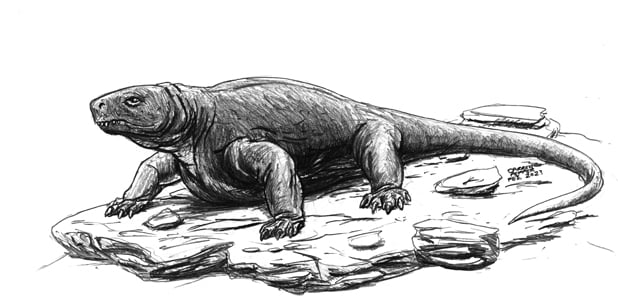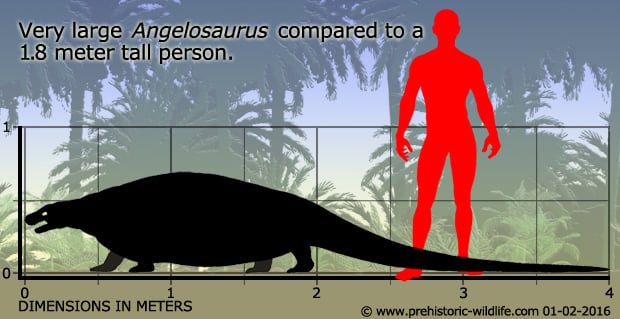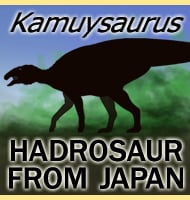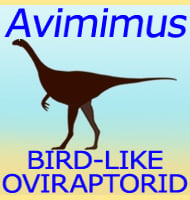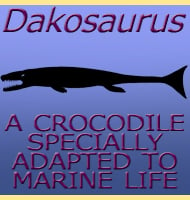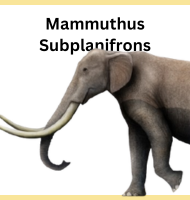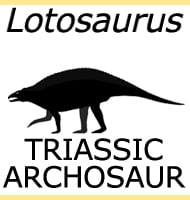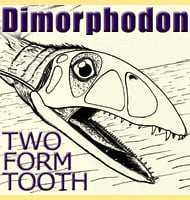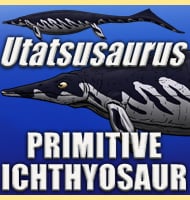In Depth
A heavily built pelycosaur similar to Cotylorhynchus, Angelosaurus also shared its habitat with Caseopsis and Caseoides, all caseidids typified by the type genus of the group, Casea. These were a distinctive group of pelycosaurs that don’t seem to have been that specially adapted beyond being quadrupedal and having large round bodies that are often described as being barrel-like. Herbivores like these seem to have been quite common at this time, and were likely one of the principal prey types of predatory pelycosaurs like the sail backed Dimetrodon.
Angelosaurus species came in a range of sizes with A. greeni being the largest at four meters and A. romeri the smallest at 2.5 meters. The type species A. dolani is roughly intermediate between these two in terms of size. The oldest species of Angelosaurus are A. dolani and A. greeni (Kungurian-Roadian), while A. romeri seems to have existed slightly later in the Permian (Roadian-Wordian). This may indicate that as time went on the Angelosaurus genus evolved to become physically smaller.
Further Reading
- The San Angelo Formation, Permian of Texas, and its Vertebrates, E. C. Olsen & J. R. Beerbower - 1953. - Permian vertebrates from Oklahoma and Texas. Part I.—Vertebrates from the Flowerpot Formation, Permian of Oklahoma, E. C. Olsen & H. Barghusen - 1962.
